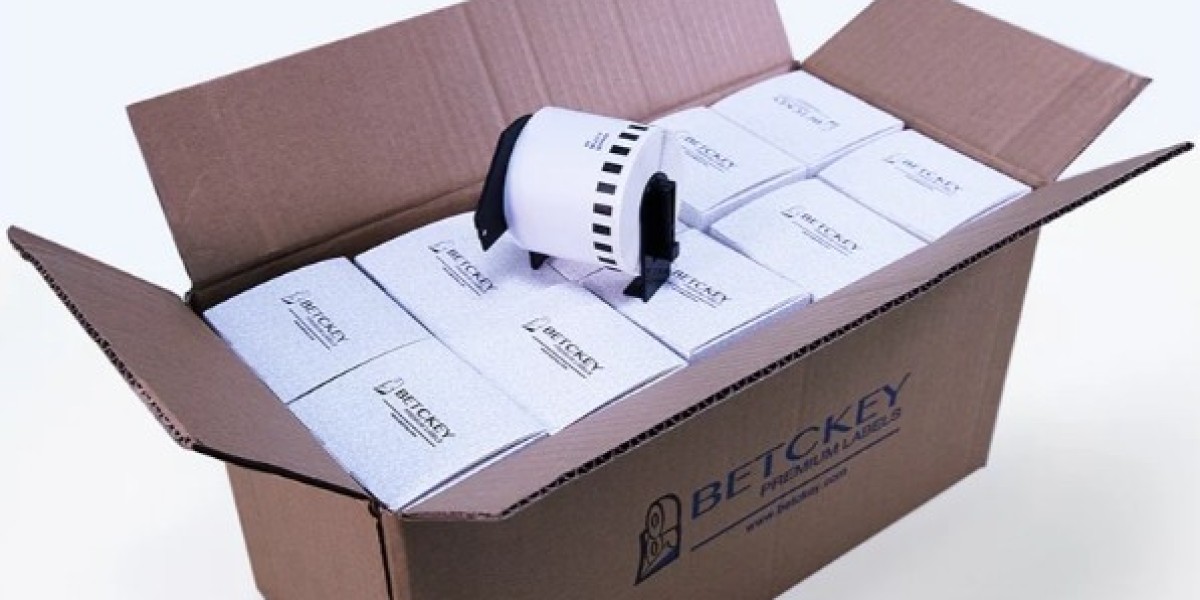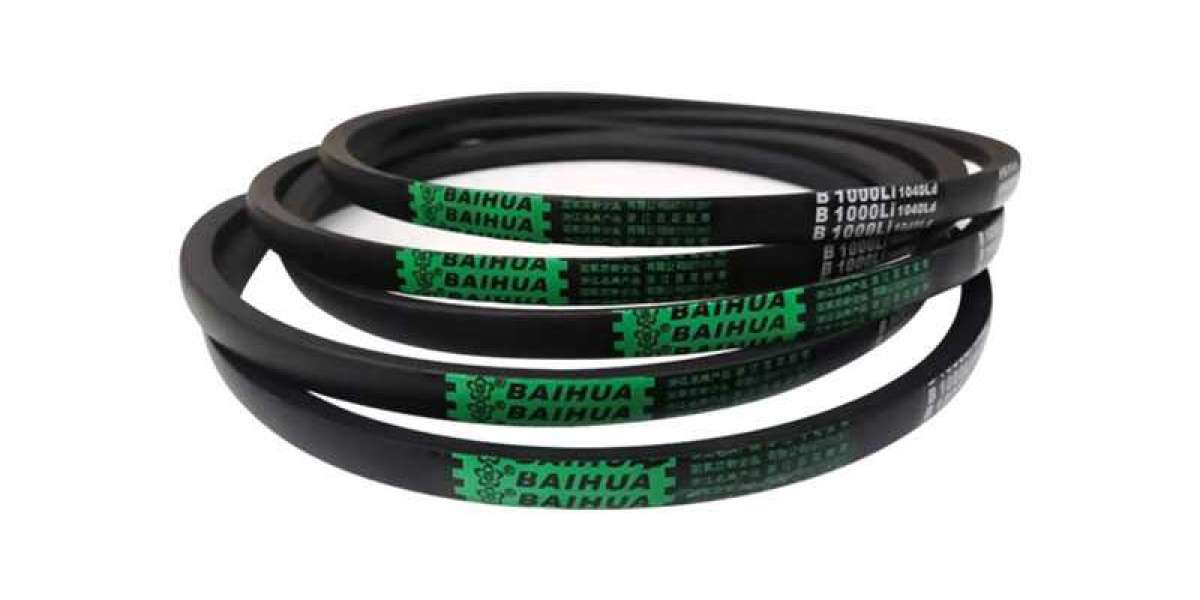How Are DK 2205 Labels Tested for Quality?
Quality testing is essential to ensure that DK 2205 labels meet high standards of performance, durability, and reliability. These labels, used with Brother QL series label printers, undergo rigorous testing processes to verify their suitability for various applications. This article outlines the methods and criteria used to test the quality of DK 2205 labels.
Key Quality Testing Criteria
Adhesive Strength:
- Labels must adhere securely to various surfaces without peeling or falling off. Adhesive strength is tested to ensure labels remain in place under different conditions.
Print Quality:
- The clarity, legibility, and durability of the printed text and images are crucial. Testing ensures that the thermal printing process produces high-quality results that are easy to read.
Durability:
- Labels should withstand environmental factors such as moisture, temperature changes, and abrasion. Durability testing assesses the label's ability to maintain integrity and legibility over time.
Compatibility:
- Labels must be compatible with Brother QL series printers, ensuring smooth feeding, printing, and cutting processes.
Environmental Safety:
- Labels should be free from harmful substances and safe for use in various environments, including food packaging, if applicable.
Testing Methods for DK 2205 Labels
Adhesive Testing:
- Initial Tack Test: Measures the initial adhesion of the label when first applied to a surface.
- Peel Adhesion Test: Evaluates the force required to peel the label from different surfaces at various angles and speeds.
- Shear Adhesion Test: Assesses the label's resistance to sliding or shifting on a surface under a constant load.
Print Quality Testing:
- Visual Inspection: Ensures printed text and images are clear, sharp, and free from defects such as smudges or blurring.
- Fade Resistance Test: Exposes printed labels to light, heat, and other environmental factors to evaluate resistance to fading over time.
- Chemical Resistance Test: Tests the label's ability to resist smudging or deterioration when exposed to common chemicals and solvents.
Durability Testing:
- Temperature and Humidity Cycling: Subjects labels to cycles of varying temperatures and humidity levels to simulate real-world conditions.
- Water and Moisture Exposure: Tests the label's resistance to water and moisture, ensuring it remains legible and adhered.
- Abrasion Testing: Evaluates the label's resistance to wear and tear by subjecting it to friction and rubbing.
Compatibility Testing:
- Printer Compatibility: Ensures that labels feed smoothly through Brother QL series printers without jamming or misalignment.
- Cutting Precision: Tests the precision of label cutting mechanisms to ensure clean, accurate cuts without damaging the labels.
Environmental Safety Testing:
- Toxicity Testing: Ensures labels are free from harmful chemicals and substances, making them safe for various applications, including food packaging.
- Regulatory Compliance: Verifies that labels meet relevant safety and environmental regulations and standards.
Quality Assurance Processes
Batch Testing:
- Regular batch testing ensures that each production run meets consistent quality standards. Samples from each batch are tested to verify adhesive strength, print quality, and durability.
Inspection Protocols:
- Rigorous inspection protocols involve both automated and manual checks at various stages of the production process. This includes visual inspections and functional testing of the labels.
Customer Feedback:
- Customer feedback and field performance data are used to continuously improve the quality of DK 2205 labels. Issues reported by users are analyzed and addressed to enhance product performance.
Certification and Standards:
- DK 2205 labels are tested to comply with industry standards and certifications. This includes compliance with ISO standards for quality management and environmental safety.
Conclusion
DK 2205 labels undergo comprehensive testing to ensure they meet high standards of quality, performance, and safety. Testing methods include adhesive strength tests, print quality evaluations, durability assessments, compatibility checks, and environmental safety tests. These rigorous processes ensure that DK 2205 labels provide reliable, durable, and high-quality labeling solutions for various applications. By maintaining strict quality assurance protocols and continuously improving based on customer feedback, Brother ensures that DK 2205 labels consistently meet users' needs and expectations.
You can order the products you want online through the BETCKEY official website: https://betckey.com/



